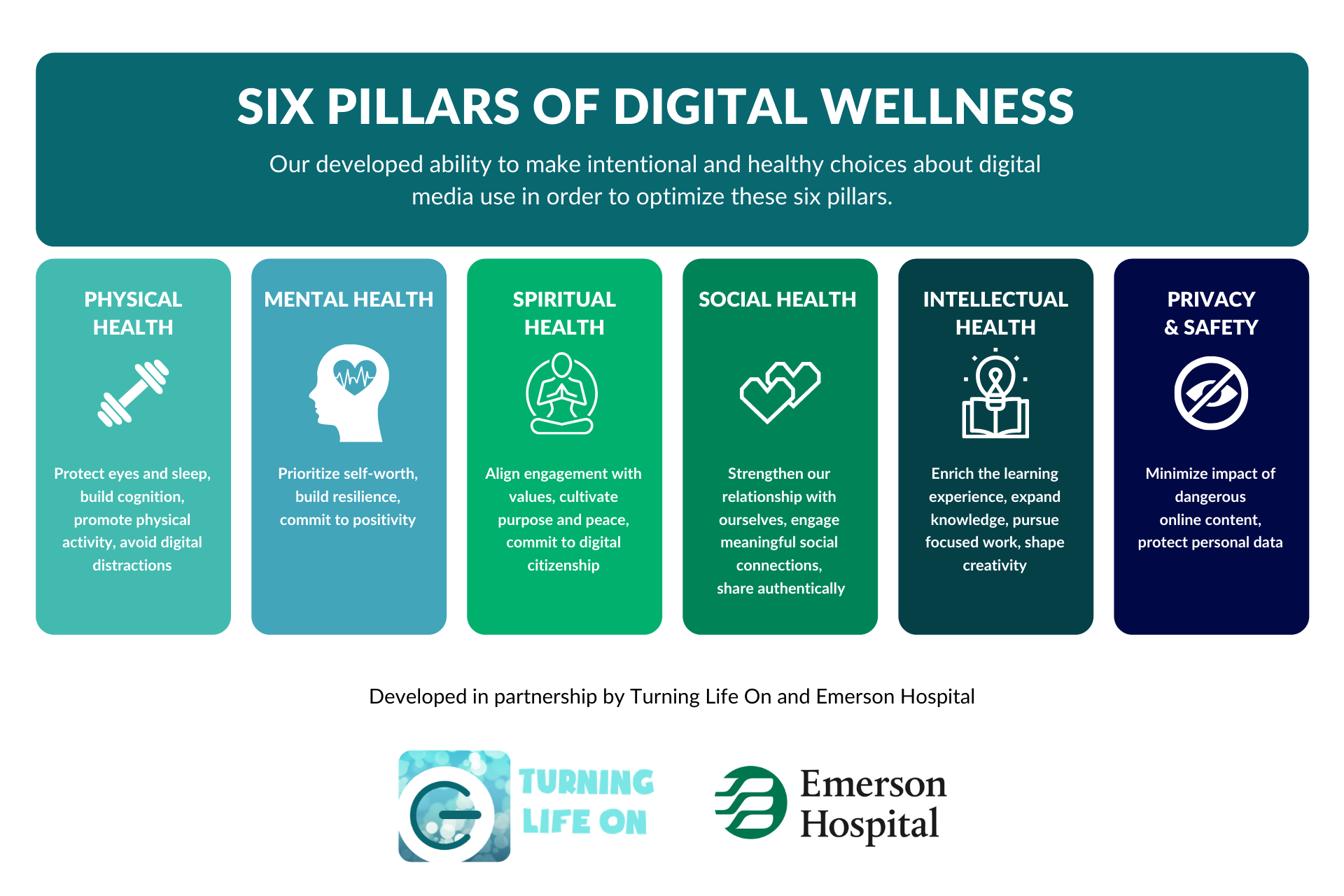Living without digital devices and online platforms is practically impossible in the hyper-connected world. Starting from work, to communications, entertainment, education-almost everything depends on gadgets like smartphones, laptops, and tablets, along with varieties of digital platforms that range from social media and messaging to virtual meeting tools. However, this constant connectivity comes at a cost: digital fatigue.

Understanding Digital Fatigue
Digital fatigue refers to the mental and physical exhaustion that arises from prolonged use of digital devices and engagement with digital platforms. This phenomenon is fueled by:
- Excessive screen time: Long hours spent staring at screens can strain the eyes, affect posture, and cause headaches.
- Information overload: With endless streams of content on various platforms, users often struggle to process and manage vast amounts of information.
- Disruption of natural rhythms: Constant alerts, notifications, and messages disrupt sleep patterns and make it difficult to disconnect and relax.
- Decreased attention span: Overexposure to fast-paced, bite-sized content, especially on social media, can diminish our ability to focus and engage deeply with tasks.
In essence, digital fatigue is a modern form of burnout. As we adapt to living in a digital-first world, the balance between staying connected and maintaining our well-being is increasingly difficult to navigate.
The Necessity of Digital Tools
Despite the challenges of digital fatigue, gadgets and online platforms have undeniable value. They keep us connected to work, family, and friends, provide instant access to information, and facilitate learning and personal growth. In fact, the digital realm has revolutionized entire industries and enabled remote work and education, especially during global crises like the COVID-19 pandemic.
However, the key lies in recognizing that while technology is essential, so is the need to step away from it periodically to preserve our mental and physical health.
Strategies for Achieving a Healthy Digital Balance
To combat digital fatigue and foster a healthy relationship with technology, individuals can implement the following strategies:
1. Set Boundaries for Screen Time
- Create digital-free zones: Designate specific times of the day, such as during meals or before bedtime, when screens are off-limits.
- Use screen-time management apps: Applications like Apple’s Screen Time and Google’s Digital Wellbeing provide insights into how much time is spent on devices and can help users set daily limits.
- Establish a work-life boundary: For those working remotely, it’s crucial to set firm start and end times for work, resisting the temptation to check emails or complete tasks after hours.
2. Embrace Mindful Digital Consumption
- Practice digital decluttering: Unfollow accounts or unsubscribe from email lists that no longer serve a purpose or bring joy. This reduces the volume of unnecessary content we consume.
- Focus on purposeful browsing: Before hopping on a platform or app, ask yourself if there’s a specific task you need to complete. This approach helps minimize aimless scrolling.
- Engage in deep work: Allocate blocks of time to focus on tasks without distractions from notifications or social media.
3. Schedule Regular Digital Detoxes
- Short, frequent breaks: Implement the 20-20-20 rule: every 20 minutes, take a 20-second break to look at something 20 feet away, reducing eye strain.
- Weekend unplugging: Consider taking a break from all digital devices for a few hours, or even a whole day, over the weekend. This downtime offers a mental reset.
- Vacations without screens: When possible, take vacations that involve minimal use of gadgets, allowing the brain and body to recharge.
4. Prioritize Physical and Mental Wellness
- Incorporate movement: Engage in physical activities such as walking, stretching, or yoga to counteract the sedentary nature of screen time. Physical exercise has been proven to improve mental clarity and reduce stress.
- Promote good sleep hygiene: Turn off devices at least an hour before bedtime to allow your brain to wind down. The blue light emitted from screens can interfere with melatonin production, making it harder to fall asleep.
- Practice mindfulness and relaxation techniques: Incorporating meditation, deep breathing exercises, or other relaxation techniques can alleviate the mental burden caused by digital overload.
5. Foster Real-World Connections
- Engage in face-to-face interactions: Whenever possible, prioritize in-person communication over digital messages or video calls. Real-world connections strengthen relationships and reduce feelings of isolation.
- Hobby exploration: Engage in non-digital hobbies such as gardening, reading physical books, or taking up a craft. These activities can be therapeutic and offer a refreshing break from screens.

As we continue to navigate this digital age, it’s clear that technology will remain central to our lives. However, to thrive in this environment, we must proactively manage the potential downsides of digital overload. Striking a balance between connectivity and well-being requires intentional effort but is achievable with consistent practice.

Leave a Reply